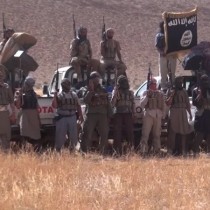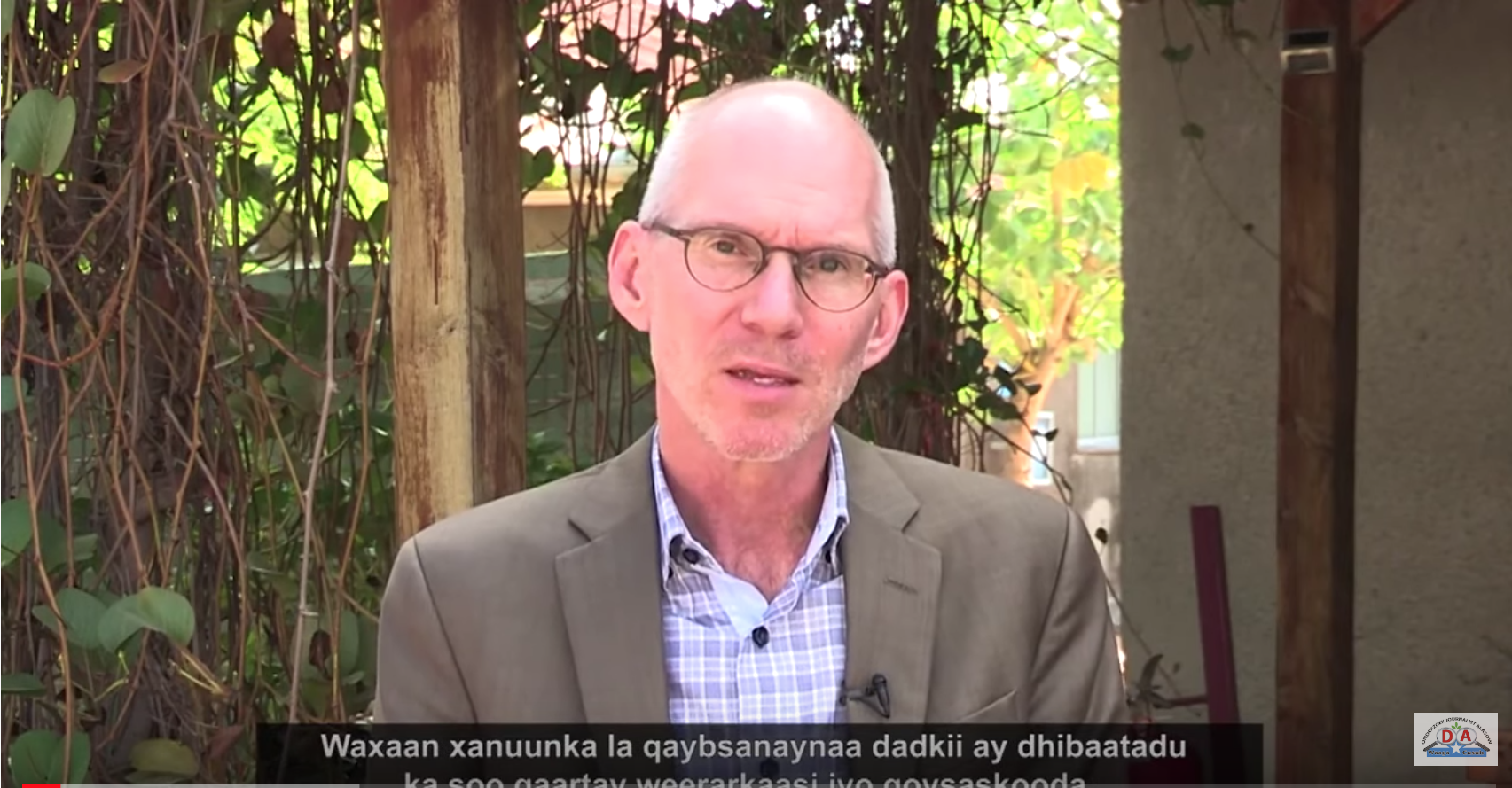
The Islamic State in 2017: Rotting from the outside in
Bound by Time and Geography
Insurgencies battling stronger foes have the advantages of relative mobility and agility. They can attack at a time and place of their choosing, ideally where the enemy is weak and where tactical surprise and numerical superiority work in the insurgents’ favor. Their mobility often gives insurgents the upper hand over government forces, which must hold, manage and protect population centers, natural resources and lines of communication from hit-and-run attacks.
Thus, when the Islamic State transformed from an insurgency to a government, it lost many of the advantages it once had. The group was forced to take on many of the responsibilities that come with governance, such as devoting tremendous resources to securing cities and providing basic services. By becoming bound to specific locations, the Islamic State also opened itself up to years of punishing airstrikes. The U.S.-led coalition’s bombing efforts, which began in August 2014, have significantly degraded the Islamic State’s military capabilities by destroying a considerable amount of its equipment and troops. Beyond losses of materiel, the group has also run into several ideological roadblocks. Even in its core territory in Syria and Iraq, it has struggled to reach beyond areas with Sunni majorities and into Shiite and Kurdish communities. Together, these factors have stymied the group’s growth.
Bound by Time and Geography
Insurgencies battling stronger foes have the advantages of relative mobility and agility. They can attack at a time and place of their choosing, ideally where the enemy is weak and where tactical surprise and numerical superiority work in the insurgents’ favor. Their mobility often gives insurgents the upper hand over government forces, which must hold, manage and protect population centers, natural resources and lines of communication from hit-and-run attacks.
Thus, when the Islamic State transformed from an insurgency to a government, it lost many of the advantages it once had. The group was forced to take on many of the responsibilities that come with governance, such as devoting tremendous resources to securing cities and providing basic services. By becoming bound to specific locations, the Islamic State also opened itself up to years of punishing airstrikes. The U.S.-led coalition’s bombing efforts, which began in August 2014, have significantly degraded the Islamic State’s military capabilities by destroying a considerable amount of its equipment and troops. Beyond losses of materiel, the group has also run into several ideological roadblocks. Even in its core territory in Syria and Iraq, it has struggled to reach beyond areas with Sunni majorities and into Shiite and Kurdish communities. Together, these factors have stymied the group’s growth.
The group’s loss of the city of Manbij has denied it a vital supply corridor as well. Moreover, with Turkey and its allies currently besieging al-Bab, another major supply route has been severed. The recapture of Mosul from the Islamic State, meanwhile, will continue to be slow, deliberate and difficult, but it will eventually succeed sometime this year. The campaign to seize the Islamic State’s capital of Raqqa should also begin in earnest in 2017, unless the Turks and their allied militias launch a spoiling attack against Kurdish forces that diverts the Kurds’ attention from the city.
Although we expect the Islamic State’s core leadership to continue to sustain serious losses in members, territory and resources in the coming year, it nonetheless will maintain potent insurgent and terrorist capabilities and will be able to strike throughout Syria and Iraq. It will also keep trying to export those capabilities beyond its primary areas of operation. The threat the group poses outside the caliphate’s borders, however, will be limited to the type and scale of attacks that have been seen since 2014. In other words, the Islamic State core will present a persistent but low-level danger to soft targets that is unlikely to increase in scope or degree this year
Leave a comment
| Copyright © 2009 - 2024 Sunatimes News Agency All Rights Reserved. |
| Home | About Us | Diinta | Reports | Latest News | Featured Items | Articles | Suna Radio | Suna TV | Contact Us |
 0
0 









The Islamic State in 2017: Rotting from the outside in
BY SCOTT STEWART The Islamic State has entered into a slow decline that will continue throughout 2017. After its inception, the group energized the jihadist movement and drew thousands of enthusiastic foreign fighters by announcing the creation of